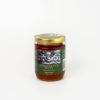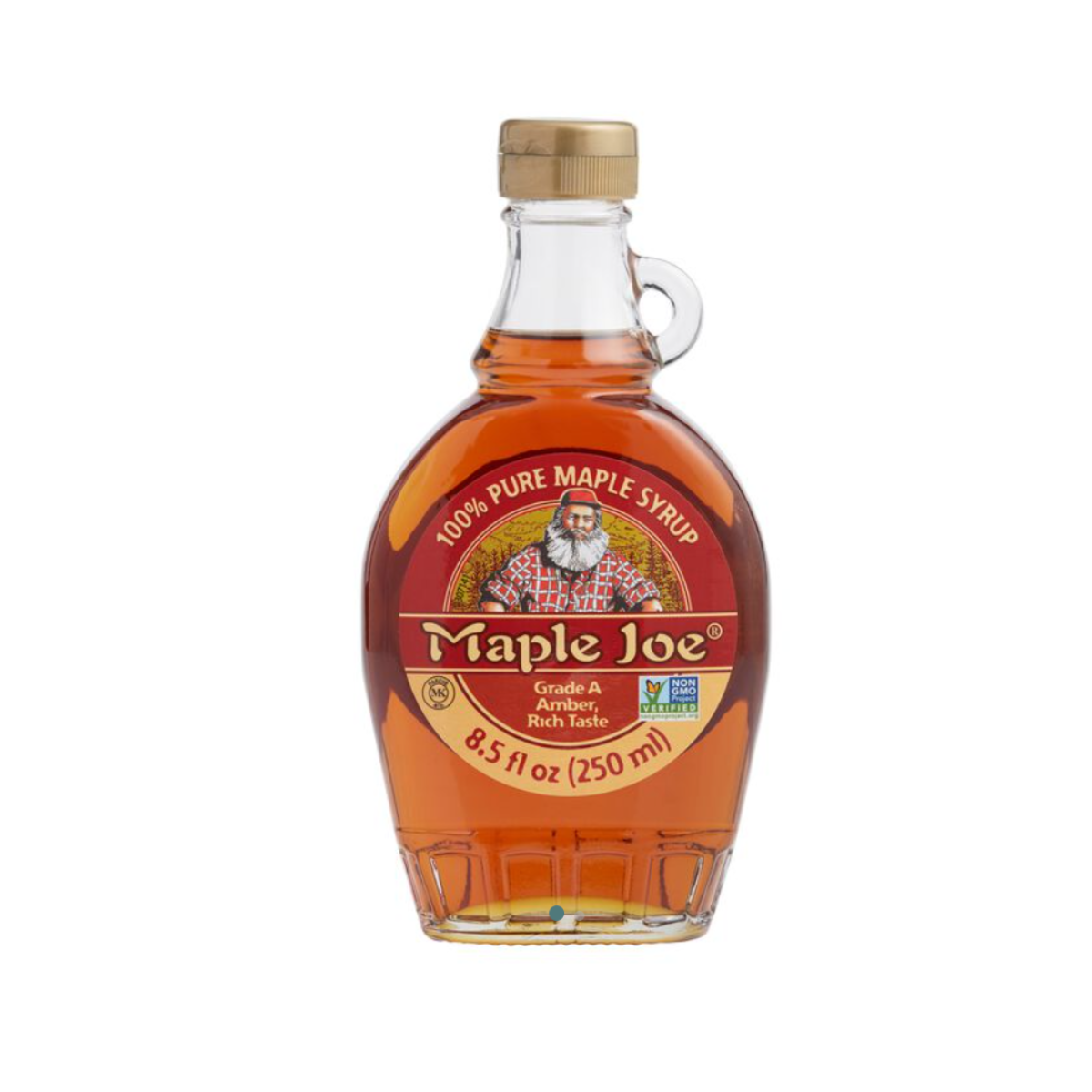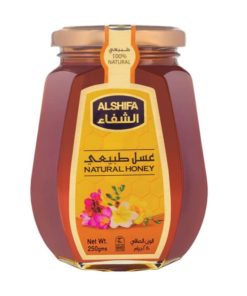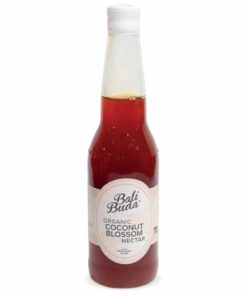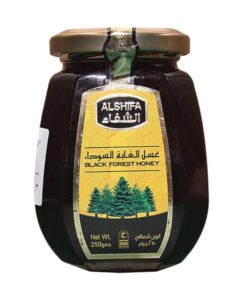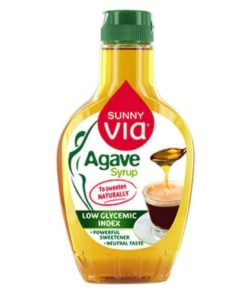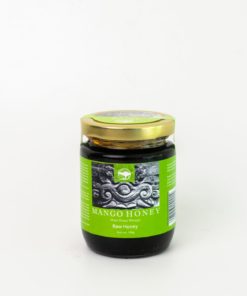Maple syrup is a beloved natural sweetener with a rich history, dating back to the Indigenous peoples of North America, who first discovered the process of tapping maple trees. According to legend, the technique was discovered when sap from a tree was accidentally collected and later boiled, creating a sweet syrup. When European settlers arrived, they learned the process and began refining it, eventually turning maple syrup into the cherished product it is today. Canada, particularly the province of Quebec, is now the largest producer, responsible for over 70% of the world’s supply.
The process of making maple syrup begins with tapping sugar maple trees, typically during the early spring when daytime temperatures rise above freezing while nighttime temperatures remain cold. A hole is drilled into the tree, and a spout is inserted to allow the sap to flow out. The sap is mostly water, so it must be boiled down to remove excess moisture. Traditionally, this is done in sugar shacks, where the sap is heated until it thickens into syrup. It takes approximately 40 liters of sap to produce just one liter of maple syrup, which is why it’s considered such a precious commodity.
Maple Joe is incredibly versatile in the kitchen. Beyond the classic use of pouring it over pancakes, waffles or muffins, it can also be used as a natural sweetener in baking, marinades, and salad dressings. Its rich, caramel-like flavor makes it perfect for drizzling over roasted vegetables or adding to glazes for meats. Maple Joe can also be stirred into coffee or tea for a naturally sweet touch, or even used in mocktails for a unique, earthy flavor. Its warm, distinctive taste has made it a favorite in both sweet and savory dishes, offering a natural, unrefined sweetness that’s both delicious and nutritious.
| Weight | 0,5 kg |
|---|

 Indonesia
Indonesia

